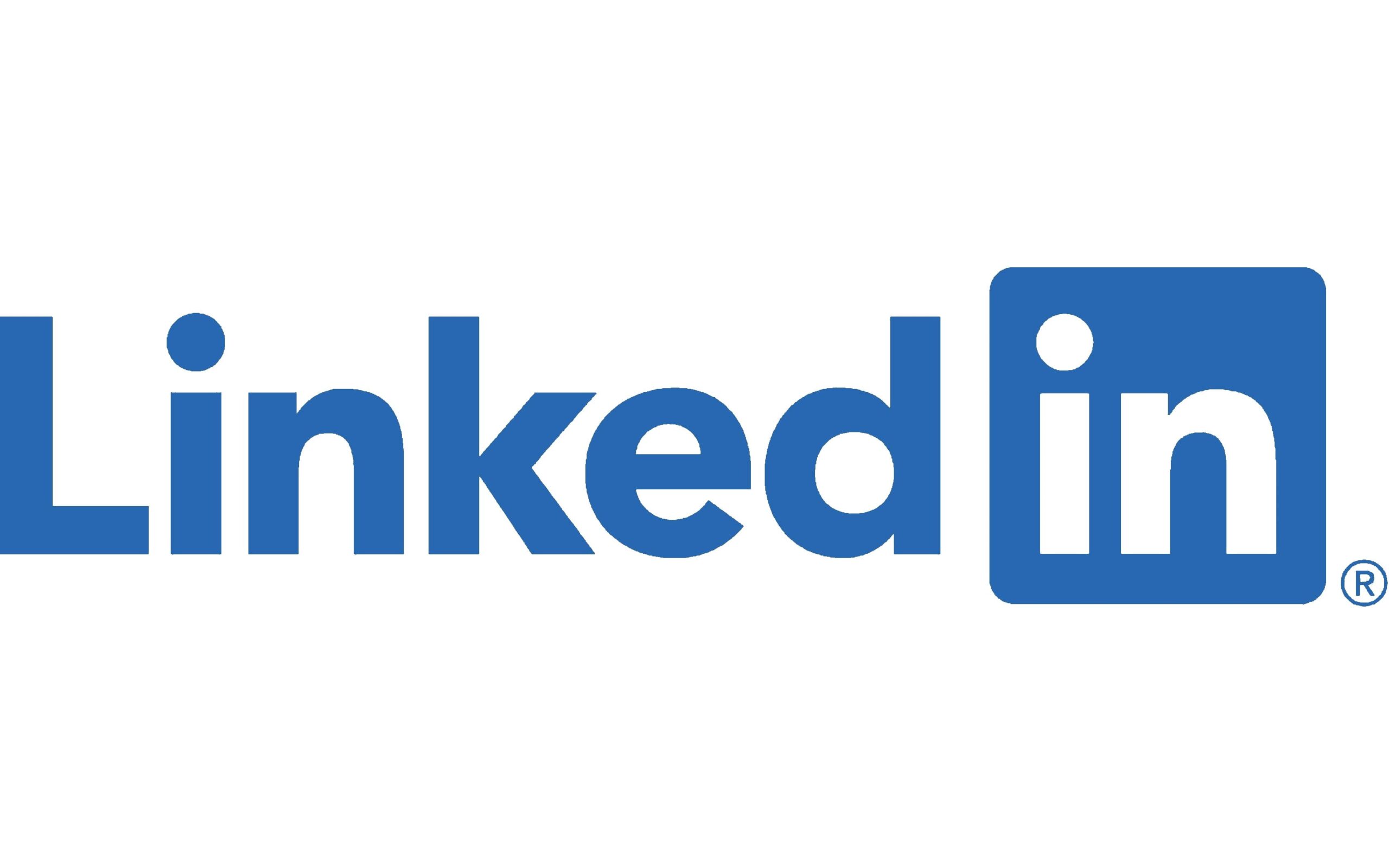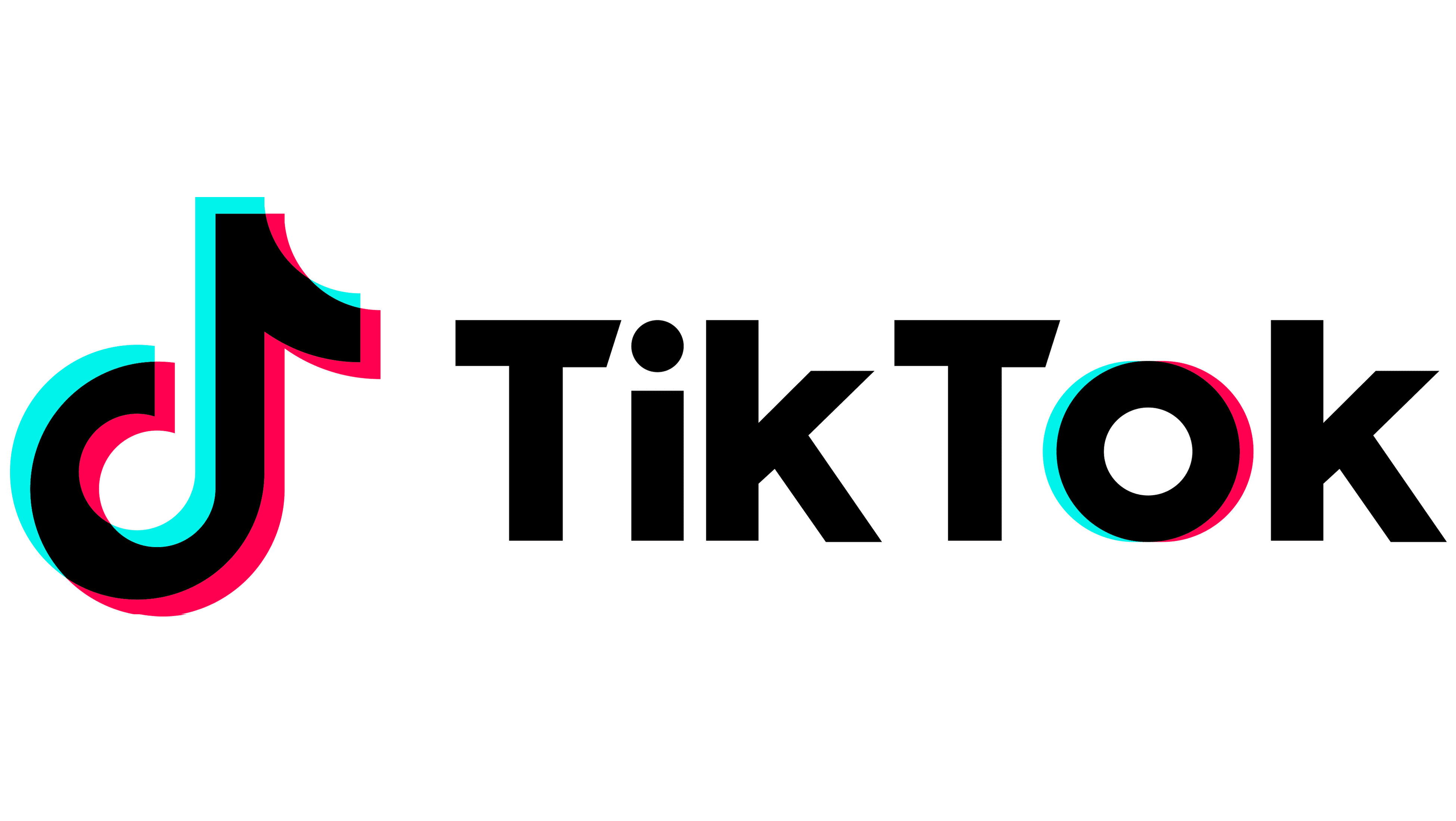Digital Marketing For Business

Marketers in today’s world are constantly inundated with fresh ideas, new platforms for promoting their businesses, and new technologies to take advantage of. While these innovations are often exciting and beneficial, keeping up with the changes can quickly become overwhelming for marketers.
Although still viable, businesses can no longer rely on traditional marketing tactics alone. SEO and cold calling may have gotten you through the early 2000s, but two decades later, you have to market to people—not to search engines.
So how do you do that? Well, you need to implement a holistic digital marketing strategy, also known as inbound marketing. The right strategy not only makes your marketing more effective, but it also ensures you can get a return from your investment.
Creating Consistent Branding
Branding is one of the most important aspects of marketing. With so many messages tossed in consumers’ faces day after day, it’s crucial to create a recognisable, relevant brand. Without consistent branding, your business becomes just another faceless name in a sea of ads.
Generating Traffic and Leads
To get people interested in what you have to say, you first need to create content your audience truly wants. Before you can do that, you must know your target audience. Develop buyer personas based on surveys with customers, market research, and any other information you can get your hands on.
Once you know your audience better, you can begin to take actions that truly speak to them, which leads to an increase in traffic and leads. That starts with a campaign. As one of the 4 Crucial Components of the Business GrowthStack, campaigns create the foundation for lead generation and conversion. It typically includes these pieces:
- A strong lead generating offer, like an infographic or digital guide, targeted to a specific buyer persona.
- A landing page where potential customers will fill out a form to download the offer.
- A follow-up email to provide them with the offer as soon as they need it.
- A lead nurturing email series to continue to engage with the lead and build trust so they’re ready to purchase your product or service.
Managing Your Website
When done right, your website draws in visitors, converts them, and allows you to make sales — even while you sleep. It’s no surprise managing websites is one of the biggest obstacles modern marketers face. You need your website to attract, nurture, and convert leads. Otherwise, it’s nothing more than a shiny golden toilet: a necessity you’ve thrown money into that’s gone to waste and not serving its purpose.
Most entrepreneurs understand the importance of their website, but they still struggle with the execution of it. Website issues can range from creating the best content to designing an appealing site that is easy to navigate. Many companies, especially small businesses, simply don’t have the time or staff to dedicate to website management.
This doesn’t mean you should settle for a website that doesn’t do its job well. Find an agency or consultant to guide you through the process. Get feedback from customers on their problem areas with the site and where you have room for improvement.
Securing an Effective Budget
For many companies, there’s just not much wiggle room in the budget. And more often than not, marketing isn’t deemed a major priority for which resources are provided. However, cutting your marketing budget is like turning off your open sign. Your business will never grow without it.
To justify spending money on marketing, you need to prove that what you’re doing works. Track your ROI and don’t be afraid to try new things when the old ones no longer deliver results. If you work with a marketing agency, ask for reports near the end of the year to demonstrate how your money is going to good use.
Understanding Tools and Technology
Deciding on the right tools, technology, and software for your business can be difficult, to say the least. With so many options available—and so many differing opinions on each one—there seems to be no right answer.
- Send emails automatically to potential customers depending on what forms they’ve filled out
- Keep a record of all leads’ activity on your site
- Manage your deals and keep track of your sales year-round
- See exactly who has downloaded all lead generating offers on your website
- Create, post, and share out blogs
Creating the Right Content
As we mentioned in our second point, generating traffic and leads comes from having awesome content. When brainstorming for your content calendar for blogs, offers, emails, or social media posts, ask yourself what problems your audience has that you can solve. Always gear your content toward a specific problem your customers have. This will make it more enticing and more beneficial.
his preference does vary a bit depending on your audience, which is why those buyer personas are so important. But for the most part, people are much more likely to choose video over text or images. Just think about how many videos you’ve watched on Facebook, YouTube, or Instagram over the last week. You can take advantage of this trend and use it to grow your business.
Facilitating Increased Customer Engagement
All too often, marketers are forced to spend so much time and energy on obtaining new leads that they accidentally neglect existing customers. This is a huge mistake since existing customers have the potential to provide additional sales and referrals.
So how do you keep people coming back for more? Devote specific resources to engaging current customers. Implement a customer engagement plan that can be easily automated while simultaneously providing perks for loyal customers.
All you need is a little bit of knowledge and the right tools.







